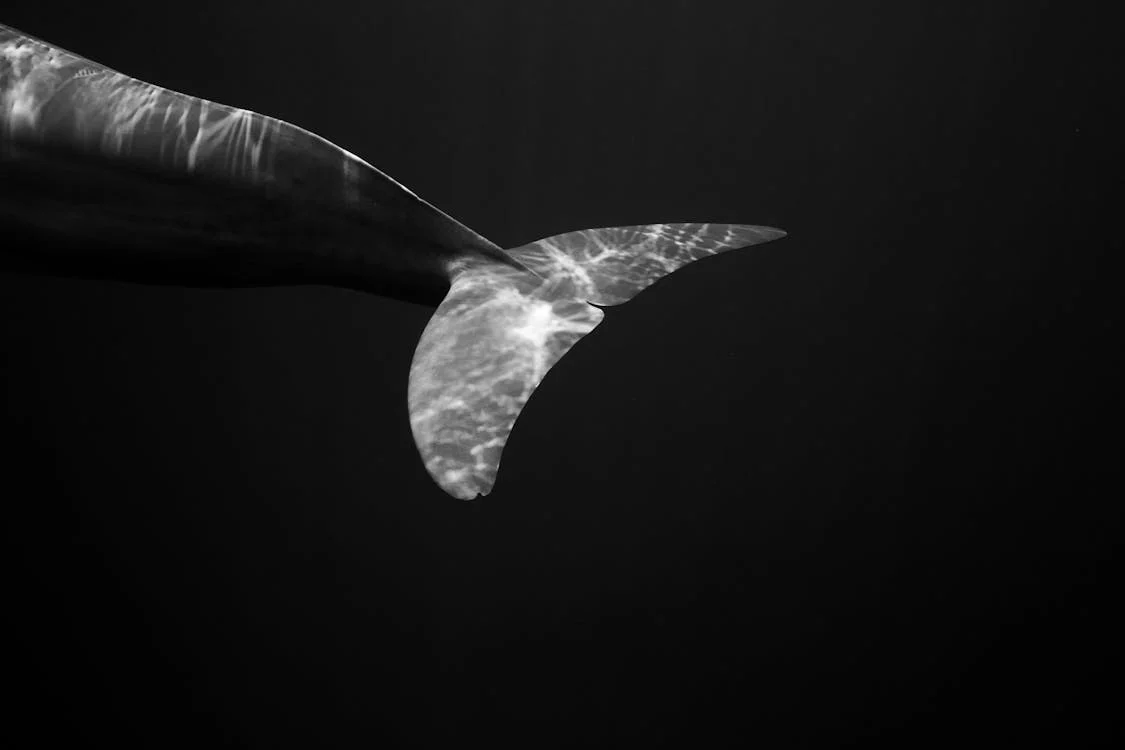Dolphins, renowned for their intelligence, agility, and playfulness, have captured human fascination for centuries. As one of the most intelligent marine mammals, dolphins display a wide range of behaviors that not only set them apart from other aquatic species but also from much of the animal kingdom. Understanding these behaviors provides insight into the complexities of their social structures, communication systems, and overall adaptability. Here’s a closer look at what makes dolphins so unique.
1. Sophisticated Communication Systems
Dolphins are known for their complex communication methods, which include vocalizations such as clicks, whistles, and body language. Each dolphin is thought to have a unique “signature whistle,” akin to a name, allowing individuals to recognize and call to one another over long distances. These vocalizations are so diverse that scientists have compared them to human languages in terms of complexity.
Beyond vocal communication, dolphins use echolocation — a sonar-like system — to navigate and hunt in murky waters. By emitting sound waves and listening for the echoes that bounce back, dolphins can locate objects, fish, and even detect the size, shape, and speed of moving prey or obstacles.
2. Highly Social and Cooperative Nature
Dolphins are incredibly social animals, typically living in groups called pods, which can range from a few individuals to hundreds, depending on the species and environment. Their social bonds are strong, and dolphins often display cooperative behaviors. For example, dolphins have been observed hunting together, encircling schools of fish to ensure that none escape, and taking turns to feed.
Within pods, dolphins also exhibit altruistic behavior. Injured or sick individuals are sometimes supported by healthy dolphins, helping them reach the surface to breathe. This cooperative caregiving shows a level of empathy that is rare in the animal world, further highlighting their complex social dynamics.
3. Impressive Problem-Solving and Learning Abilities
Dolphins are often celebrated for their intelligence. In captivity, they are capable of understanding and performing complex tasks, such as following multi-step instructions and recognizing themselves in mirrors — an indicator of self-awareness. In the wild, dolphins are known to exhibit behaviors that indicate problem-solving capabilities. For example, bottlenose dolphins have been observed using sponges as tools to protect their snouts while foraging on the ocean floor, a practice that is passed down through generations, indicating cultural learning.
Dolphins are also capable of understanding abstract concepts like numbers and sequences. In some studies, they have demonstrated the ability to recognize patterns, mimic human actions, and even respond to sign language commands.
4. Playfulness and Curiosity
One of the most endearing traits of dolphins is their playful nature. Dolphins frequently engage in activities that appear to have no direct survival benefit, such as surfing on waves, playing with seaweed, and leaping out of the water in graceful arcs. This behavior is often interpreted as play, which in the animal kingdom can indicate high levels of cognitive functioning and social bonding.
Dolphins are also naturally curious and are known to interact with other species, including humans. Wild dolphins have been observed approaching boats, riding bow waves, and even attempting to communicate or interact with divers and swimmers. This curiosity extends to their interactions with other marine animals, such as playing with fish or engaging in non-aggressive behaviors with other sea creatures.
5. Strong Parental Bonds and Teaching
Mother dolphins form close, protective bonds with their calves, often nursing and caring for them for several years. During this time, calves learn critical survival skills, including hunting techniques and social behaviors. This extended period of maternal care is rare among marine species and underscores the importance of learning and social structures in dolphin societies.
Mothers are not the only caregivers; in some species, alloparenting occurs, where other adult dolphins (usually females) help care for the young, enhancing the survival chances of the calf. These behaviors suggest that dolphins have a well-organized, cooperative social system, with knowledge being passed down through generations.
6. Complex Emotions and Bonding
Dolphins display emotions such as joy, grief, and compassion, which are often seen in their interactions with one another. There are numerous accounts of dolphins mourning the loss of a calf or pod member, carrying the deceased individual on their backs for extended periods. These behaviors indicate a level of emotional intelligence that is rare in the animal kingdom.
Their strong social bonds mean that dolphins form long-lasting relationships within their pods, sometimes maintaining these connections for decades. These relationships are vital to their survival, as dolphins rely on the strength of their social networks for protection, hunting, and navigating their environments.
Conclusion
Dolphins are unique creatures whose behaviors reflect a combination of intelligence, emotional depth, social complexity, and adaptability. Their ability to communicate, cooperate, problem-solve, and even express emotions places them among the most remarkable animals on the planet. As we continue to study and learn more about these fascinating mammals, dolphins serve as a reminder of the rich and varied intelligence that exists in the animal world, inspiring efforts to protect their habitats and ensure their survival for future generations.

